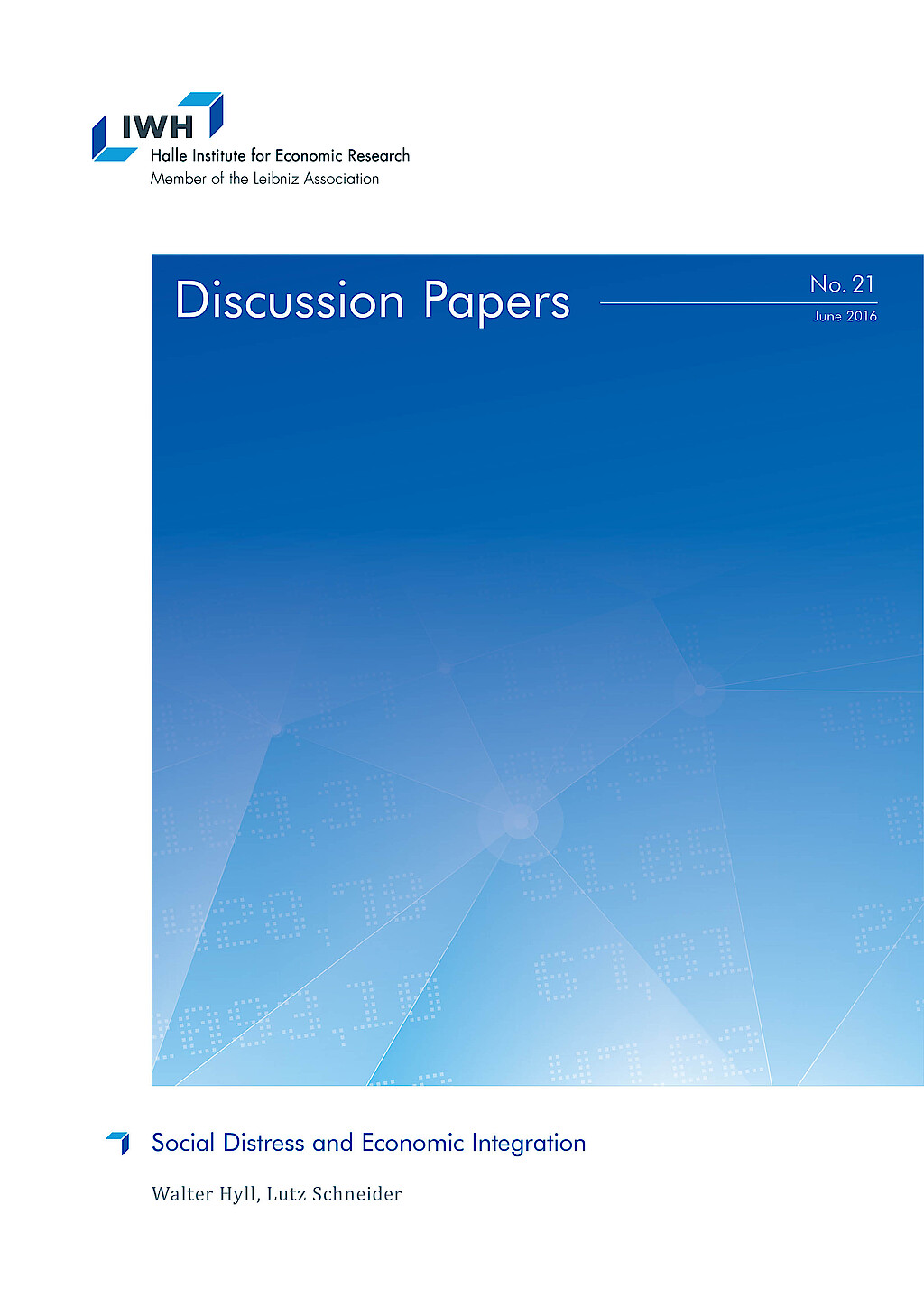
Exploring the Economic Convergence in the EU New Member States by Using Nonparametric Models
This paper analyzes the process of real economic convergence in the New Member States (NMS) bein g formerly centrally planned economies, using nonparametric methods instead of conventional parametric measurement tools like beta and sigma models. This methodological framework allows the examining of the relative income distribution in different periods of time, the number of modes of the density distribution, the existence of “convergence clubs” in the distribution and the hypothesis of convergence at a single point in time. The modality tests (e.g. the ASH-WARPing procedure) and stochastic kernel are nonparametric techniques used in the empirical part of the study to examine the income distribution in the NMS area. Additionally, random effects panel regressions are used, but only for comparison reasons. The main findings of the paper are the bimodality of the income density distribution over time and across countries, and the presence of convergence clubs in the income distribution from 1995 to 2008. The findings suggest a lack of absolute convergence in the long term (1995-2008) and also when looking only from 2003 onwards. The paper concludes that, in comparison with the parametrical approach, the nonparametric one gives a deeper, real and richer perspective on the process of real convergence in the NMS area.




